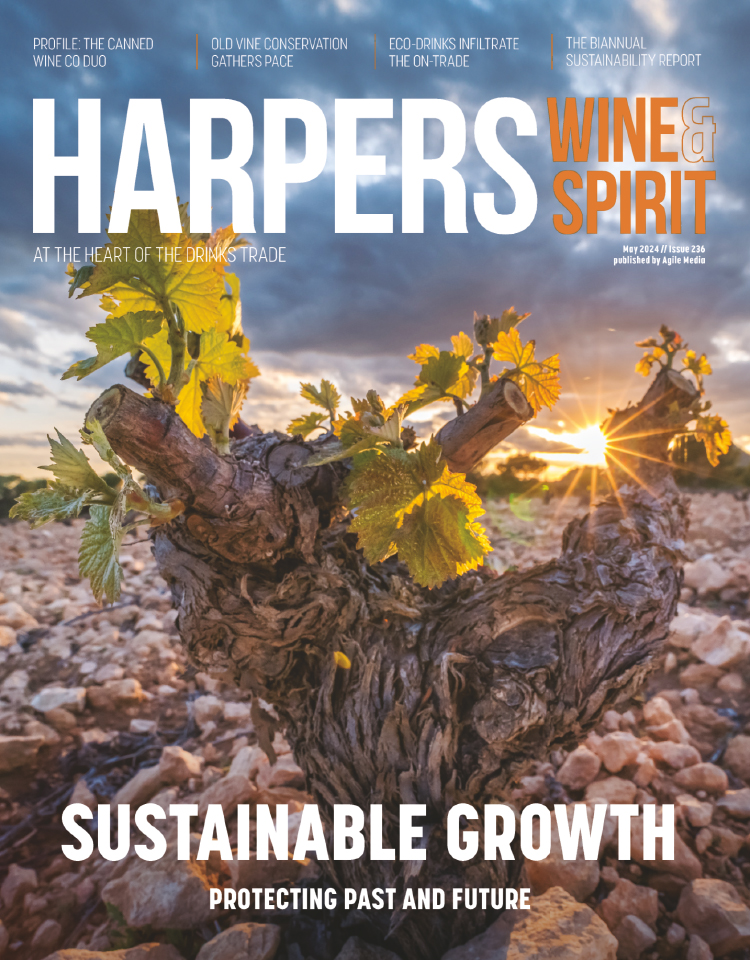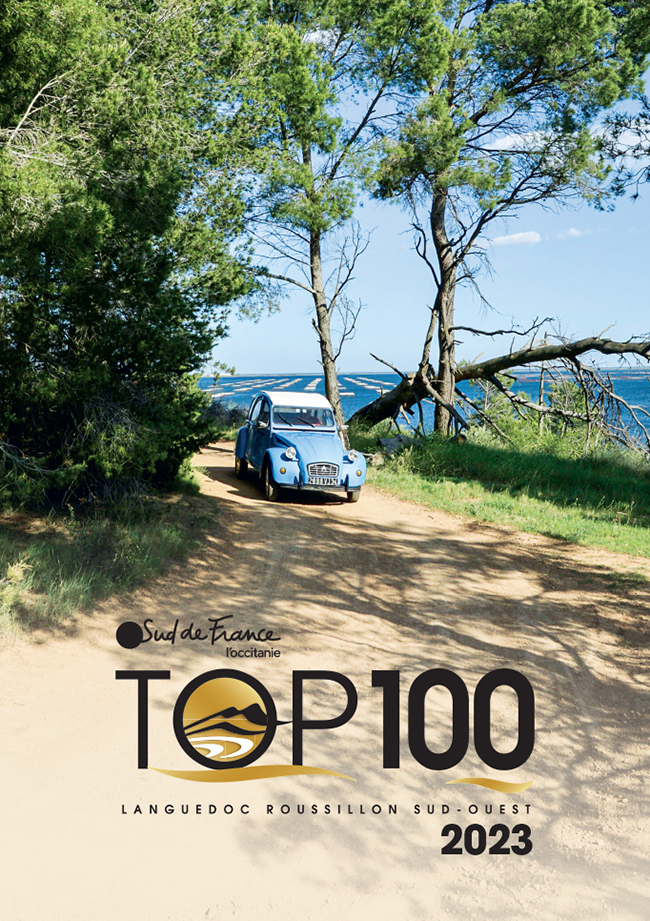
Friday Read: Is this the end of no/low premium?
Stephanie Kiens, business development director at London based design agency Lewis Moberly, gives us her perspective on the future of low and no
In the year up to February 2019 sales of non- and low alcoholic spirits (no/low) rose by more than 400%. Since Seedlip first burst onto the scene, a host of imitators have joined in. Heavy hitters like Pernod Ricard and William Grant have launched non-alcoholic ‘spirits’ while entrepreneurs The Flower Miners, recently launched their sparkling wine Floreat.
One of the most remarkable features of this trend – other than the speed with which British drinkers are going teetotal – is that they’re seemingly willing to pay a similar price for no/low drinks as they are for their boozy counterparts. Seedlip retails and sells at around £20. In February, Seedlip reported a 270% year-on-year volume growth, figures that, by August, had persuaded drinks behemoth Diageo to take a majority stake in the firm.
But is this sustainable? Growing scepticism around the price premium of no/low drinks is accompanying the launch of a new wave of low-cost rivals. In October, Lidl announced that it will offer shoppers a ‘premium’ alcohol-free botanical craft spirit, CeroCero, which is billed as having a taste profile similar to gin, with notes of juniper, pine and citrus, hibiscus and loganberry at the low cost of £9.99.
For those already in the no/low space, and those looking to enter it, the most pressing question is how to retain an adequate price?
↓
In search of a story
The first point to note is that there is typically a genuine justification for price. The process involved in producing a no/low drink with the depth and flavour profiles of these products is very often as technically complex and expensive as the process involved in creating a full abv drink. This is not profiteering. These are premium products worthy of a premium price.
The challenge, however, is that no/low alternatives have traditionally been of lower quality. This new generation of drinks needs to shift perception, as few are interested in hearing about the technical complexities of a production process when choosing their next drink. Rather, they want a story.
Craft the right story for your brand and your audience, and your premium price point will be credible. But in a space as nascent as no/low there is as much risk of getting it wrong as there is of getting it right.
While some brands rely on stories of provenance, others highlight their ingredients. Some rip off category cues; others stand in sharp opposition to their traditional rivals. Bud Prohibition, is doubling down on the craft message as a powerful response to the start-up challenge, clearly communicating quality.
↓
More than a substitute
There are common themes emerging in this space. The first is that these are drinks in their own right with their own associations and rituals. These brands recognise that the drivers for people to choose no/low are varied and therefore the story should not be focused on the absence of alcohol. It’s not about missing out on alcohol. Rather, it’s about gaining an experience to cherish and satisfy a different need.
Furthermore we believe there are four approaches starting to take shape in the NoLo market. The first is ‘flirty fun’. Brands like Brewdog’s Nanny State or AB InBev’s Saturday Sessions promise all of the fun traditionally associated with a full abv experience, with none of the setbacks of a hangover.
Then there are the brands like fly water and Kolibri, placed in the wellness space that offer ‘premium simplicity’. The third approach is around ‘new ingredient's’, and no/low as a flavour-led experience. Look at how Herbie and Everleaf emphasise the botanical benefits of their infusions.
Finally, there are ‘the bold icons’. Brands like Heineken that speak to the people who see alcohol as an interruption in their busy lives, but who want a drink that contributes to the occasion and doesn’t look out of place in traditional social drinking settings.
↓
The wine moment
While a growing number of drinks in the spirits, beer and cider categories are developing their stories along one of the four strategies mentioned, wine still has a way to go in maturing within this space.
Notably, Echo Falls is starting to merge fruit juice and wine semiotics, and there have been some start-up launches like Floreat. But the obvious difficulties around production and taste profiling are slowing progress here. We expect to see more premium no/low brands emerge in the wine sector in order to meet a large demographic who still are looking to enjoy a no/low wine equivalent.
They too will need to find and tell premium brand stories. In creating Floreat’s brand and packaging, we needed to find ways for it to sit credibly alongside the established and traditional champagne category. As a sparkling botanic wine, the identity for Floreat is appropriately disruptive, offering something new to the category. This was an opportunity to let simplicity take the stage, creating an engaging and tactile experience which didn’t leave consumers questioning the quality of the product.
↓
A moment of opportunity
As the existing players in no/low drinks further develop their stories, there will be broader ramifications for the drinks sector. Traditional full abv drinks will need to strengthen their offerings further. Look at how Glenfiddich is repositioning itself in a more premium and experimental space.
Other drinks brands will use the emergence of premium no/low as an opportunity to reposition their core brands. CocaCola has already moved into this space with its Signature Mixers, refashioning perceptions of one of the most iconic FMCG brands.
For the no/low brands themselves, this is a pivotal moment. As these cheaper rivals appear, they will need to be ready. The idea of no/low may be enough to capture minds, and striking packaging can win the eye, but if they are to engage consumer hearts they will also need to tell captivating stories. Those who act now to find and begin crafting those stories will be the no/low success stories of tomorrow.
There is still a long way to go before the no/low category reaches maturity. Understanding when consumers seek out no/low, and why, will be the building blocks on which emerging and existing brands will need to build their stories.
Keywords:
- wine
- price
- premium
- drinks
- need
- first
- brands
- low
- fmcg
- stories
- space
- AB
- low drinks
- full abv
- low cost
- process involved
- low brands
- drinking settings ↓the
- settings ↓the wine
- ↓the wine momentwhile
- strategies mentioned wine
- four strategies mentioned







